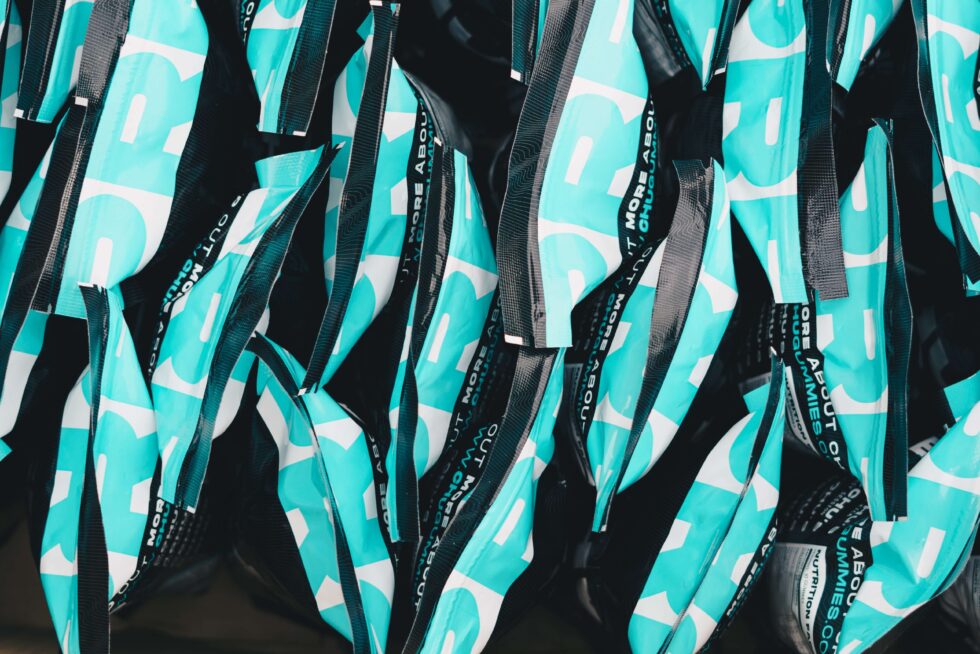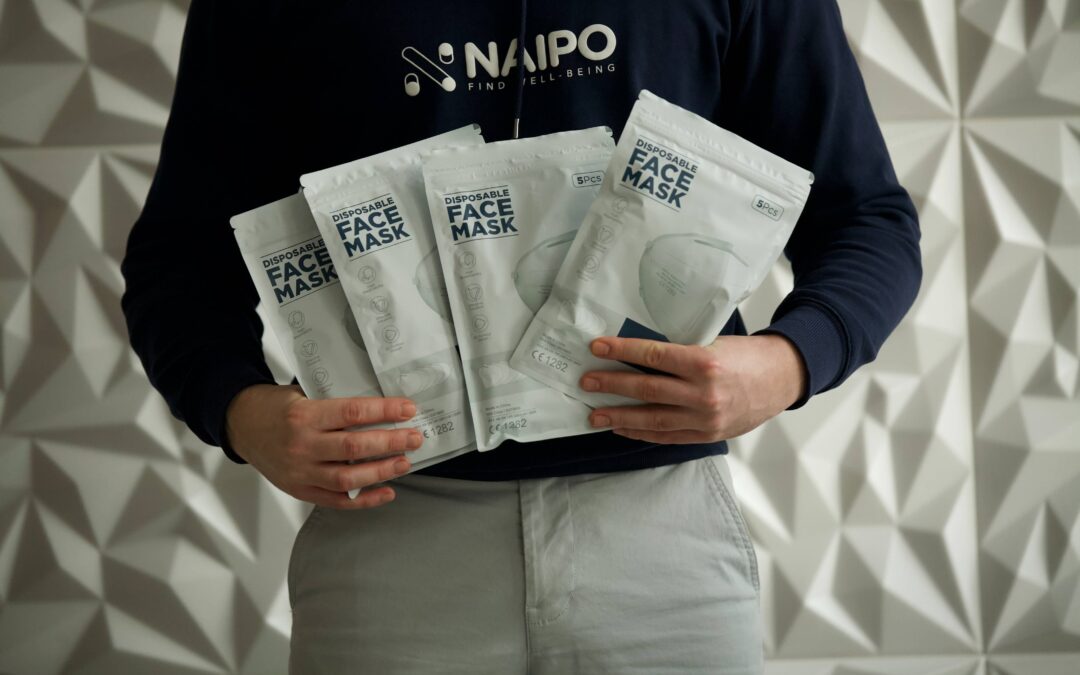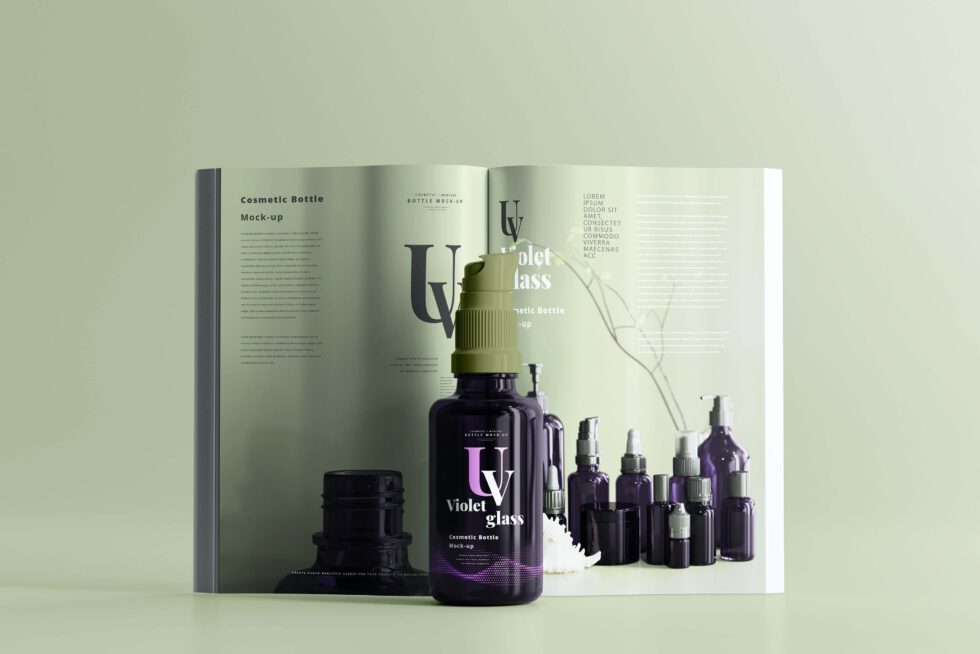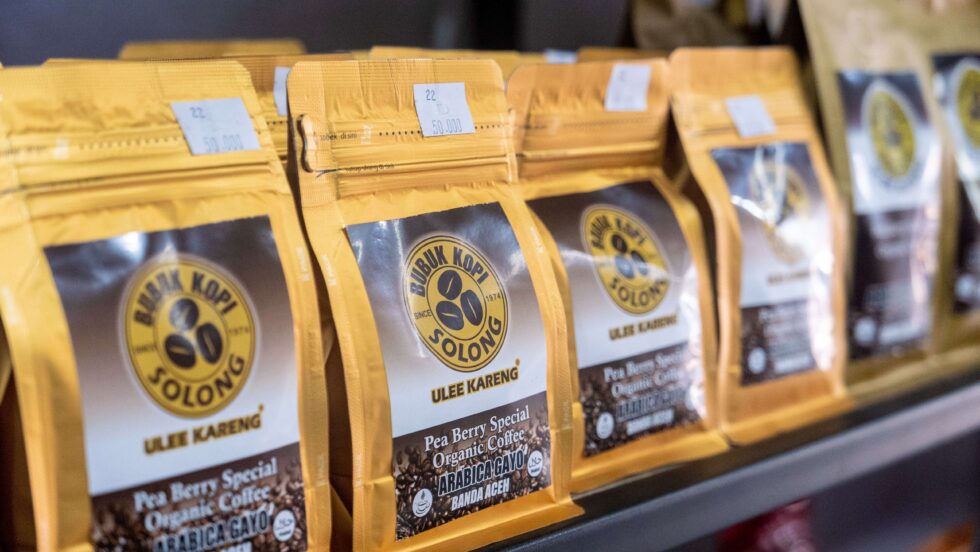Flexible Packaging For The Retail Food Industry: Top 5 Benefits
Packaging has now become an integral part of diverse product life cycles. Multiple industries across the globe have embraced flexible packaging technology as it has only made the many advantages of packaging all the more evident. This new-age packaging brilliantly leverages the power of technology to provide businesses with easy access to tailored solutions for product protection and enhancement.
So, what exactly is flexible packaging? Flexible packaging involves any package made of materials that can yield when filled or closed. It can be easily modified in terms of shape, as and when required. The best part about flexible packaging is the impressive range of choices readily available. Each type of packaging material serves a very specific purpose when it comes to protecting or enhancing the appeal of different products and packaging. Flexible packaging is widely leveraged across industries for consumer, institutional, or industrial purposes.
What are flexible packaging materials? Flexible packaging products and films are mostly made from recyclable plastic, film, foil, and paper which makes them relatively lighter than rigid packaging. Here are some of the common flexible packaging examples:
1. Customizable packs and pouches for toiletries and cosmetics products
2. Durable packaging for liquid foods, pouches for instant foods, nuts, spices, sweets, and such
3. Shopping bags, pouches, shrink films, tubes, and sleeves
The next important question is – what is the role of flexible packaging for the retail food industry? When it comes to this dynamic sector, packaging is important not just in terms of product protection, but also product appeal and preservation. Flexible packaging can be easily molded in different shapes and sizes. Brands can create unique packaging for their products to make them more inviting. In addition, the packaging can help preserve the food for long periods by protecting it against contaminants lingering in the air.
Top 5 Benefits Of Flexible Packaging For The Retail Food Industry
1. Enhanced Food Safety:
In the matters of food, the first thing that both brands and consumers want is to ensure safety and hygiene. For retailers, there is the risk of food items getting contaminated before they take their place on shelves. This is where the benefits of flexible packaging come into the picture. The packaging products can be equipped with complementary materials that can act as additional thin barriers of protection. They can help protect the food inside from external threats like moisture in the air, UV rays, grease – all of which can lead to contamination and eventually render the food inedible.
Enhanced protection provided by this kind of packaging highly contributes to safeguarding consumers’ health. In addition, flexible packaging works wonders when it comes to prolonging product shelf life. Durable materials used in the making of the packages or pouches can help the food retain its characteristics under different temperatures. It can also keep the food from coming in contact with oxygen and carbon dioxide, making it safe for consumption.
2. Ease Of Use:
We are living and breathing in an era that celebrates hustle. Consumers today are juggling multiple tasks to keep up with their busy schedules. As such, when they invest in a product, their first and foremost priority is convenience, even when it comes to food packages. The best part about flexible food packaging is that it is incredibly lightweight – an advantage for both retailers and consumers. It is easy to carry and open as well. Most packages can be re-sealed with zip locks, making it convenient to store food items for later.
Flexible packaging offers consumers convenience on a silver platter; which is why it happens to be one of the most sought-after solutions among retailers in the food industry. It helps retailers provide consumers with convenient food packages that can be bought in smaller amounts as per their need and want from retail stores near them.
3. More Branding Avenues:
With flexible packaging at their disposal, companies can create unique packaging for their products to make them look more appealing. Unlike traditional packaging, flexible packaging can facilitate attractive designs – be it your average shopping bag or fancy container lid. It also helps companies explore and experiment with their packaging strategies, and allows them to set their product apart from the rest of the competition. The packs or pouches can be created in different shapes and sizes that best suit the product.
Brands can easily print important product-related information on the right surface of the package. The package can best represent the essence of the brand and communicate it to consumers via high-quality logos and taglines. This helps with enhancing brand recognition by adorning the package with relevant, clear designs and messaging.
4. Eco-friendly Packaging Solution:
Packaging no longer has to mean plastic waste. The flexible packaging sector has come a long way and is now home to sustainable packages that can be recycled easily. This helps keep used pouches or bags out of landfills. Flexible packaging films/products are designed for reuse, thanks to zipper and seal top closures. Consumers can keep using them for multiple things before they are discarded.
Moreover, the production of flexible packaging does not involve the overconsumption of natural resources. The amount of waste produced and energy consumed in the making of these films is a lot less compared to that of rigid containers. It also generates fewer greenhouse gas emissions throughout its distribution than traditional packaging. Given that flexible packaging helps reduce food and plastic waste, it helps brands make good on their promise of adopting sustainable practices.
5. Rise Of E-commerce:
Today, online has become the way of the world, thanks to work-from-home office models. Consumers are now spending most of their time in their homes. The e-commerce industry can bring comfort and convenience to consumers in the form of food, right to their doorstep. From groceries to spices to instant food to beverages – everything is at the ready to be delivered online through a range of apps.
Flexible packaging not only benefits the consumers but also the retailers. How so? Large quantities of products can be securely shipped across long distances. Compared to rigid packaging, flexible packages are quite lightweight. They can accommodate themselves in smaller spaces or be bundled together to save space during transportation.
Contact Ecoplast Ltd – Excellent Food Flexible Packaging Solutions
With 40 years of experience, Ecoplast Ltd is one of India’s largest suppliers of multilayer co-extruded polyethylene and co-polymer films to the flexible packaging industry as well as a variety of other specialty applications across the globe. If you have been in search of the right packaging films manufacturers in India, our extensive range of premium films is at the ready.
Our services are now available in the global markets. We successfully run manufacturing and distribution operations in nine countries – India, Canada, USA, UK, Dubai, Ethiopia, Mauritius, Sri Lanka, and Malaysia, along with an active presence in all major regional markets. Browse through our premium products online, and select the ones that best suit your requirements. For any further queries, contact us at: +91-22-2683 3452 / +91-22-2683 1403, or drop an email at: [email protected]





